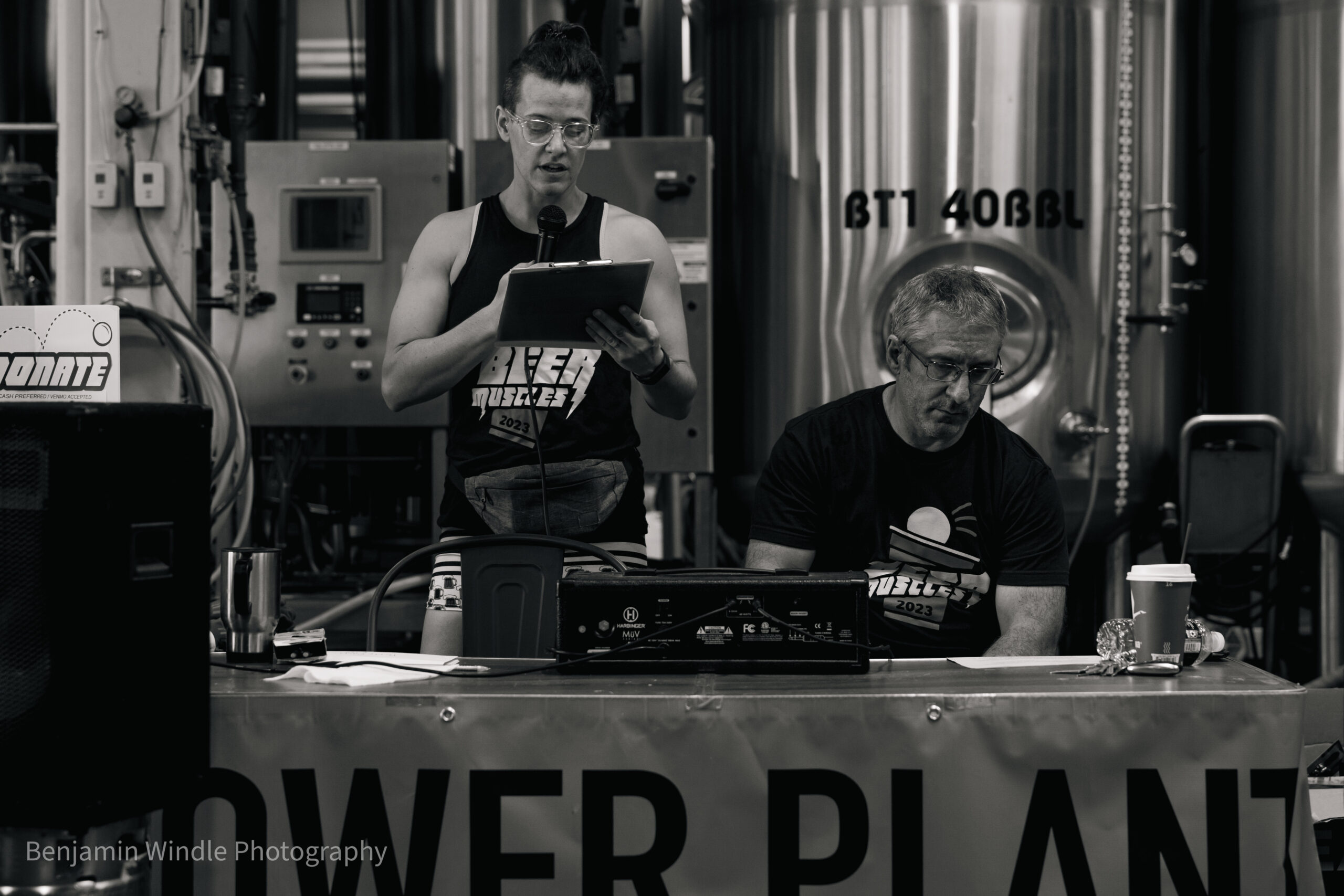
A smooth, efficient, and informative rules meeting lays the foundation for a smooth and efficient competition. Talk too long and you’ll lose people. Withhold too much information and you’ll leave people confused and open the door to discrepancies and questions all day.
Follow this simple outline to ensure your athletes, coaches, and volunteers have the information they need for a clean and well-run competition:
Welcome
Thank the athletes and attendees for coming. Note anything standout about the competition: number of competitors, how many years the contest has been running, special guests, etc.
Sponsors
Thank the sponsors, paying special attention to the venue and any sponsors that have vendor tables set up.
General Housekeeping
If there’s a photographer, point them out. If there’s live scoring, let everyone know where to find it. (Bonus points for printing out QR codes to place around the venue.) Remind people to clean up after themselves, and tell them where to find bathrooms and trash cans. Add anything specific to the venue (like parking), and specific to the event (like fundraisers, food trucks, etc).
Make it clear who is allowed on the floor (athletes only, NO coaches) and who’s allowed in warmup areas (generally only athletes and coaches, NO spectators).
Logistics
Summarize the flow of the competition. If you’ve split competitors into groups, announce the groups, group leaders, and event orders for each group. Let everyone know how warmups will work – what equipment is available and where. Remind heavier classes and classes going later on events to allow smaller and earlier classes to warm up first.
Event Details
Review the rules for every single event. It is not enough to just say, “First event is circus dumbbell. Does anyone have questions?” Cover how/where each event starts, relevant commands for each lift, time domains, allowed and disallowed equipment, and movement standards.
Be specific and thorough, BUT be careful not to take too long and over-explain things. Long rules meetings suck, and people will just tune you out. Plan to spend 2-3 minutes per event.
Final Reminders
Remind people to respect the volunteers and judges. Let them know who they can go to with questions (generally the group leader – NEVER the scorekeeper directly). If they need to initial their scoresheets, remind them.
Set Your Timer
Look at your watch and pick a time for the first event to start. Make sure you allow enough time for a group photo, a separate judge/volunteer meeting, warmups, and getting any last-minute equipment-related things in place. Usually 30-45 minutes is sufficient.
Group Photo
End by getting everyone together for a group photo in their competition shirts. This is great to use later on social media and when promoting your next event.
Pro Tip: Don’t just wing it! Write all of this information down ahead of time. It’s helpful to have the groups, event order, and event descriptions/rules printed out. Write down specific announcements, sponsor list, etc.
Need Help?
We’ve been to a million competitions over the past 10+ years, and hosted our fair share. We’ve seen what works – and what doesn’t – and we’re here to help you make your event a success! Our team is available for email questions, biz coaching, event consultations, and free 15-min coaching calls. Just email (strongmandottraining@gmail.com) or DM us on Instagram to get started.



